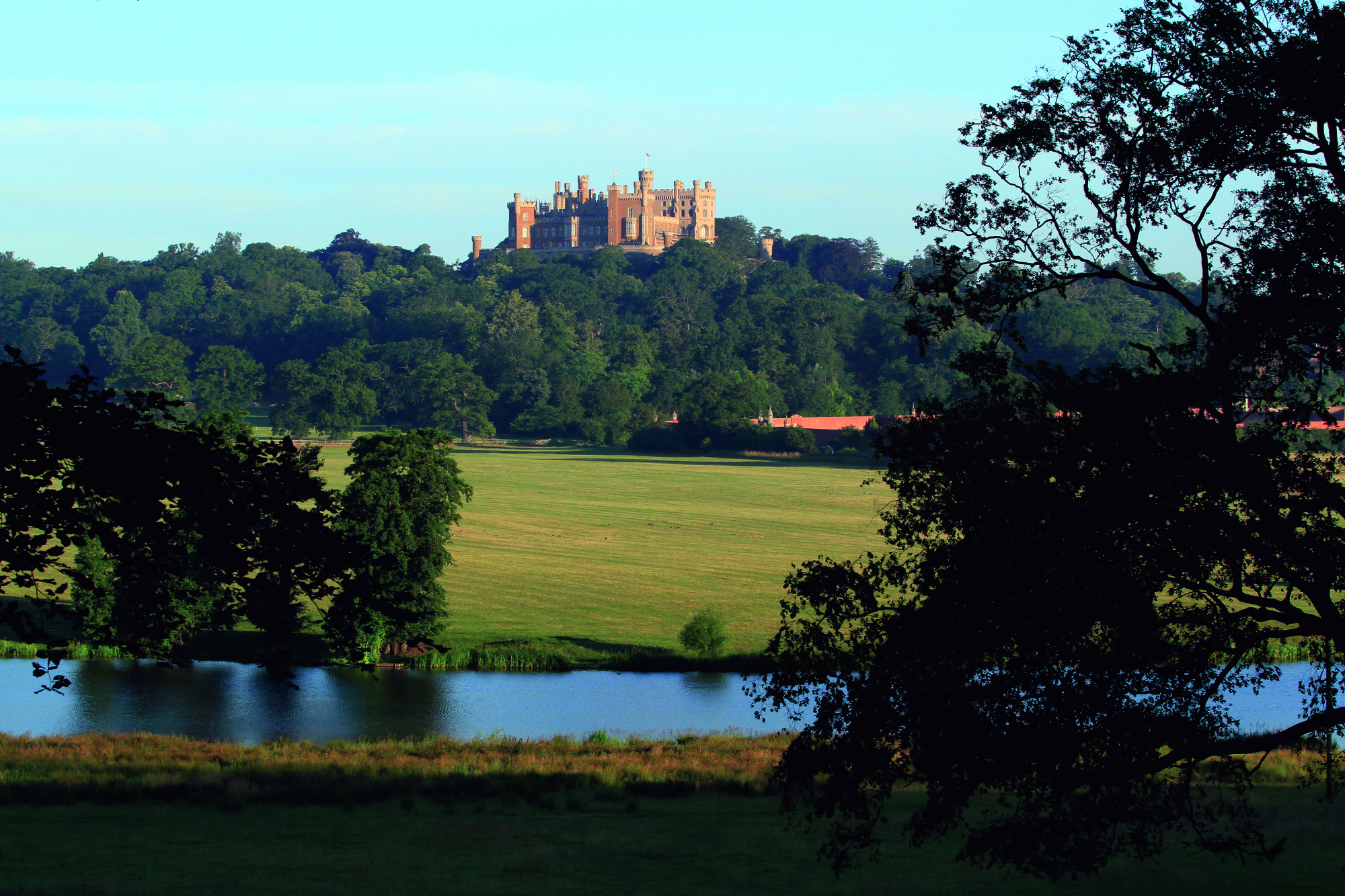Jo Arnell goes behind the scenes at Belvior Castle to find out how Emma Manners, the 11th Duchess of Rutland, has tranformed its formal gardens in line with a treasure trove of plans rediscovered in the castle’s archives
Imagine plunging headlong from your ordinary days into the life of a duchess, living in a castle set within the idyllic landscape of a country park. This is the very stuff that fairy tales are made from, surely?
Emma Manners, the farmer’s daughter who married a duke, the 11th Duchess of Rutland, says that the life of a duchess is not all taffeta and tiaras – in fact, that couldn’t be further from the truth. “For the ten duchesses that came before me,” says Her Grace, “they might have spent their time putting on frocks and hosting glamorous parties, riding to hounds and giving orders to the gardener – I don’t.”
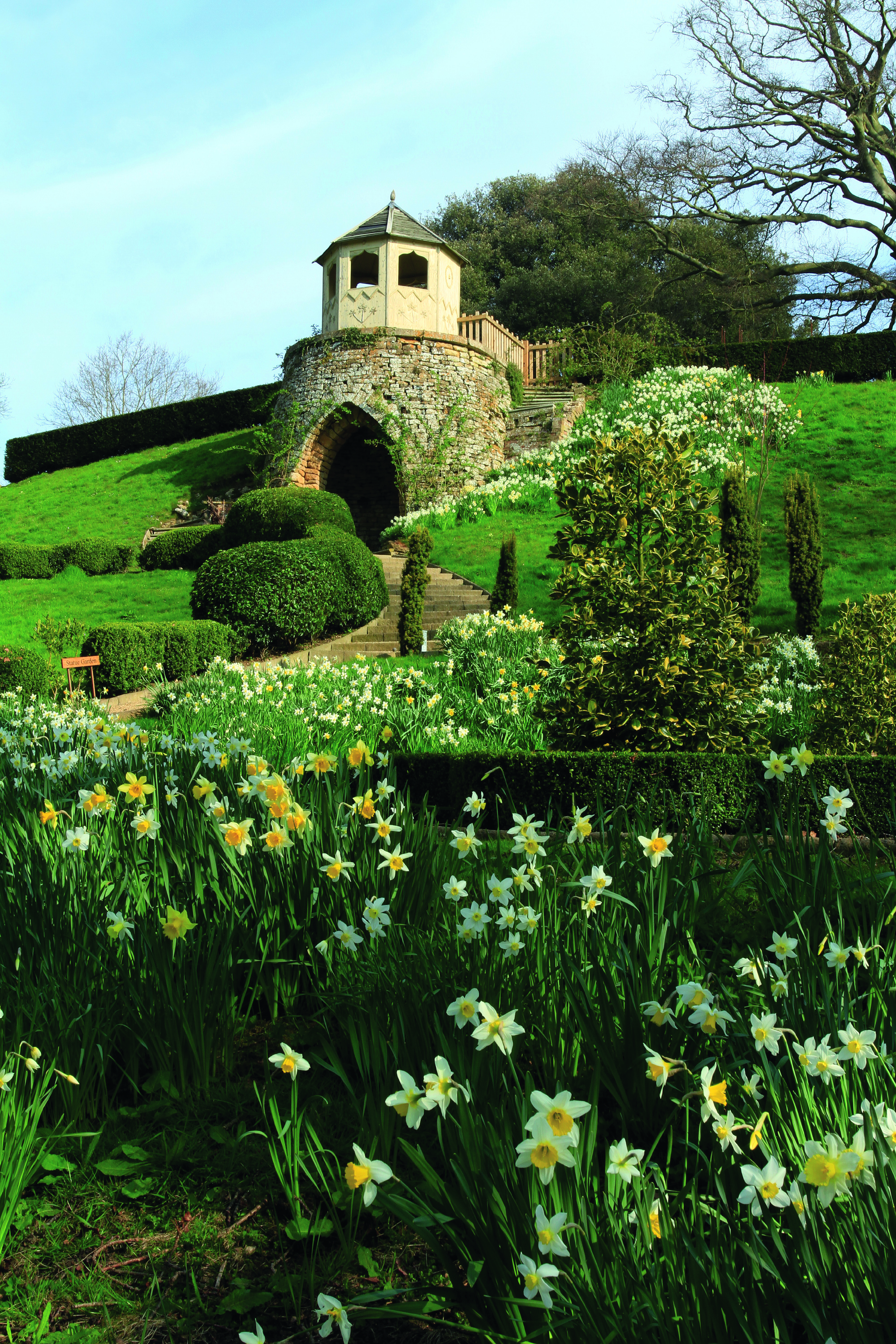
Nor, according to the podcast the Duchess has made with her daughter, do many of the owners of Britain’s heritage houses and gardens. “We have travelled around Britain; taking a behind-the-scenes peek at the women who keep our great estates on the rails. They may have titles and their contribution as guardians of British heritage is immeasurable, but all too often, today and in the past as well, their stories have gone untold.”
These days, it appears, inheriting a large country estate is not quite the dream ticket we might imagine. A fabulous, fairytale castle has a roof that always needs patching up, walls that require prevention from crumbling, woodwork that must be protected from pests and damp. As for the park, well, that is no bed of roses either – although roses became a large part of this Duchess’s life as she took on the formidable task of restoring her wonderful gardens at Belvoir Castle.
“I was not a gardener,” admits the Duchess. Faced with the prospect of replanting the elderly rose garden – “I was terrified, I had no idea of what even a delphinium was and made daunting trips to places with my mother-in-law – to nurseries like Peter Beales roses and David Austin.
“I then employed a rose gardener who said we needed to change the soil when we had to take out the old roses – apparently it’s well known that you shouldn’t grow new roses where old roses have been growing, because of the build up of disease and the depletion of goodness in the soil. So we replaced all the soil in the rose garden, but it turned out that the new soil was a horrible heavy clay.”
Luckily help was at hand – enter Charles Williams, an experienced nurseryman with whom the Duchess has worked closely with over the years. Charles runs Burnoose Nurseries in Cornwall and, funnily enough, he is the owner of a castle too – Caerhays Castle, which also boasts a fabulous spring garden and is home to a national collection of glorious magnolia trees. Charles’s knowledge and experience has been invaluable in the Belvoir Castle gardens.
The conditions – sheltered and damp – are well suited to hardy exotics, so it’s almost as if a piece of Cornwall has been dropped into the Leicestershire countryside. In fact many of the magnolias, rhododendrons and camellias were sourced from the original seed collection of from Caerhays.
“The gardens lie in a natural amphitheatre fed by springs and streams,” she explains, “so it is usually quite damp. The soil here is acidic and just perfect for acid-loving plants, and also for woodland and shade. In the last few years we have put in half a million trees, and planted around eight hundred thousand camellias, rhododendrons and azaleas.”
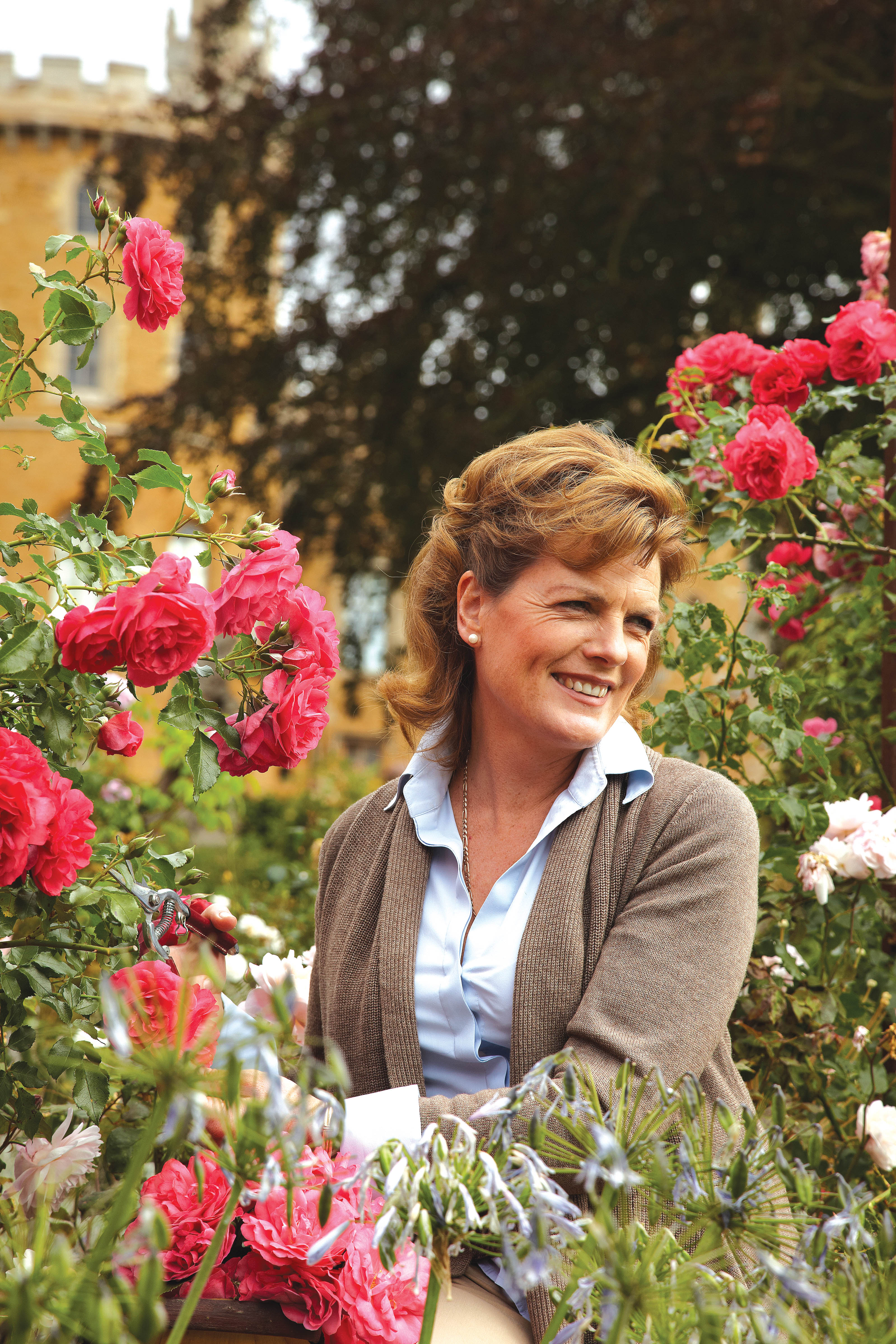
Over the centuries, Belvoir’s formal gardens have undergone some major changes, with most Duchesses leaving their mark. Elizabeth (5th Duchess of Rutland) commissioned the Rev Sir John Thoroton to terrace the gardens in 1815 – and later on, Violet, the 8th Duchess, commissioned the renowned Edwardian garden designer Harold Peto (1854-1933) to create the gardens as they are laid out today. Peto’s plans have only recently been rediscovered in the Castle archives.
In 2013 they discovered some more original plans for the gardens – thought to have been lost in a terrible fire at the castle in 1816. These were plans designed and drawn up in 1780 by none other than Lancelot ‘Capability’ Brown, the most revered and esteemed landscape gardener ever to roam and reorder the land. Capability Brown – so called, apparently, because he had a habit of surveying an area and suggesting that it had ‘capabilities’ – was famous for creating sweeping vistas and views, and often moving an existing landscape around, digging lakes, creating slopes and reshaping natural spaces into idealised versions that suited his vision. The Duchess has spent the last fifteen years putting in the last part of Brown’s grand plan, completing the vistas and views that he devised over 250 years ago.
Visitors can now enjoy a series of walks through the grounds and the landscape and get a sense of the Castle’s original majesty – and majestic is the appropriate word, as the exterior of Belvoir Castle – of a similar design and built at around the same time as Windsor Castle – was used in series 3 of Netflix’s The Crown. “We do enjoy having shoots and film sets here,” she says, “as it means that we can use the fee to do some repairs and get a bit more of the roof done.”
“This is a perfect spring garden,” the Duchess continues – “and not just because it is the natural place topographically for woodland plants but also historically: the garden had been designed to be at its best in the spring,” she explains, “as the family would have moved from the castle at the end of the spring, moving on to spend the summer at another residence or they would even have gone abroad.”
“The last Duchess planted a beautiful collection of heritage daffodils and we have added to this – and as with everything at Belvoir Castle, it had to be done on a grand scale, using a digger.” The spring bulbs have been planted en masse and they will quickly naturalise too, spreading out in swathes among the shrubs and under the trees in the woodland. It is set to be a magnificent sight for many years to come.
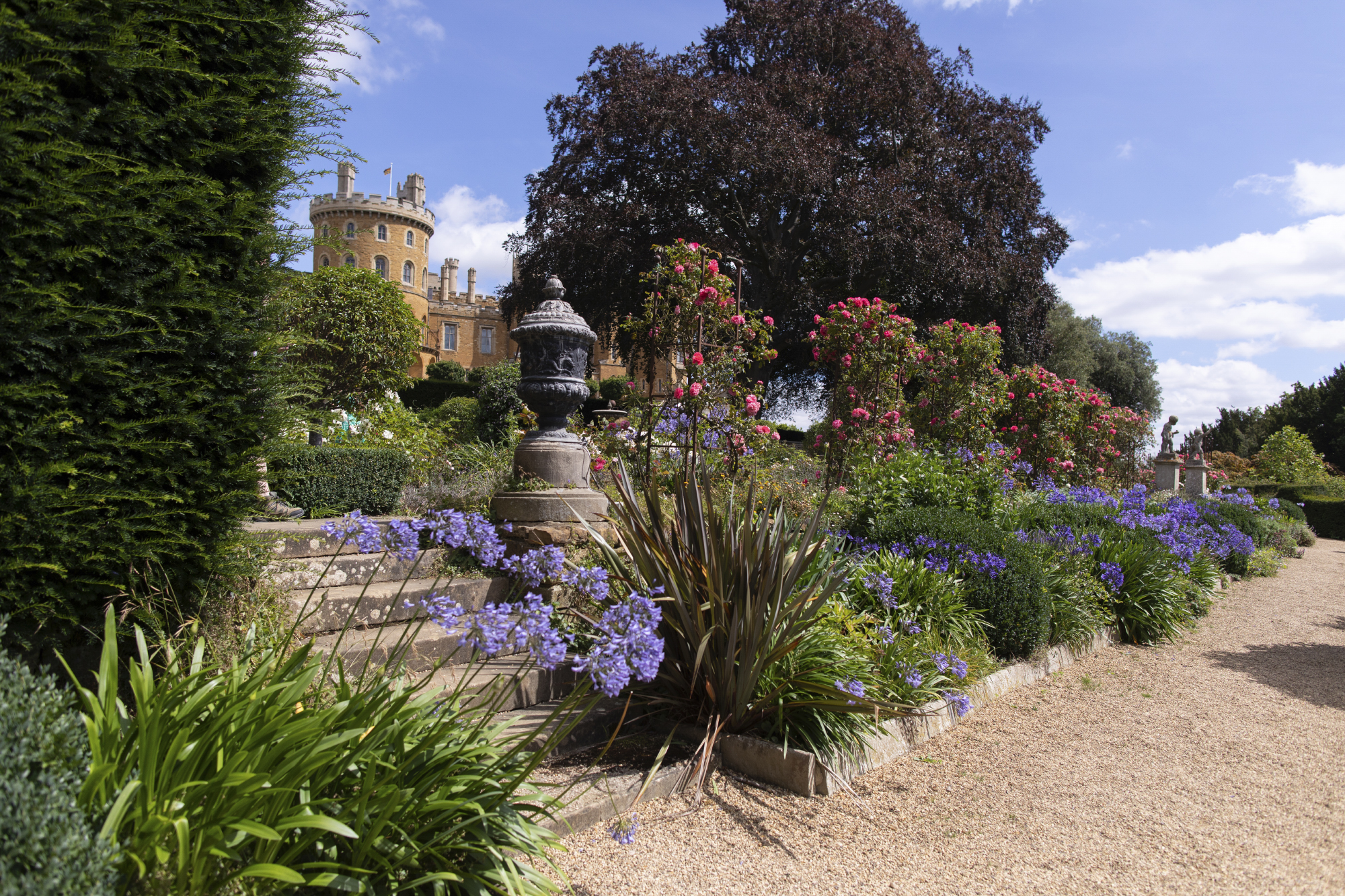
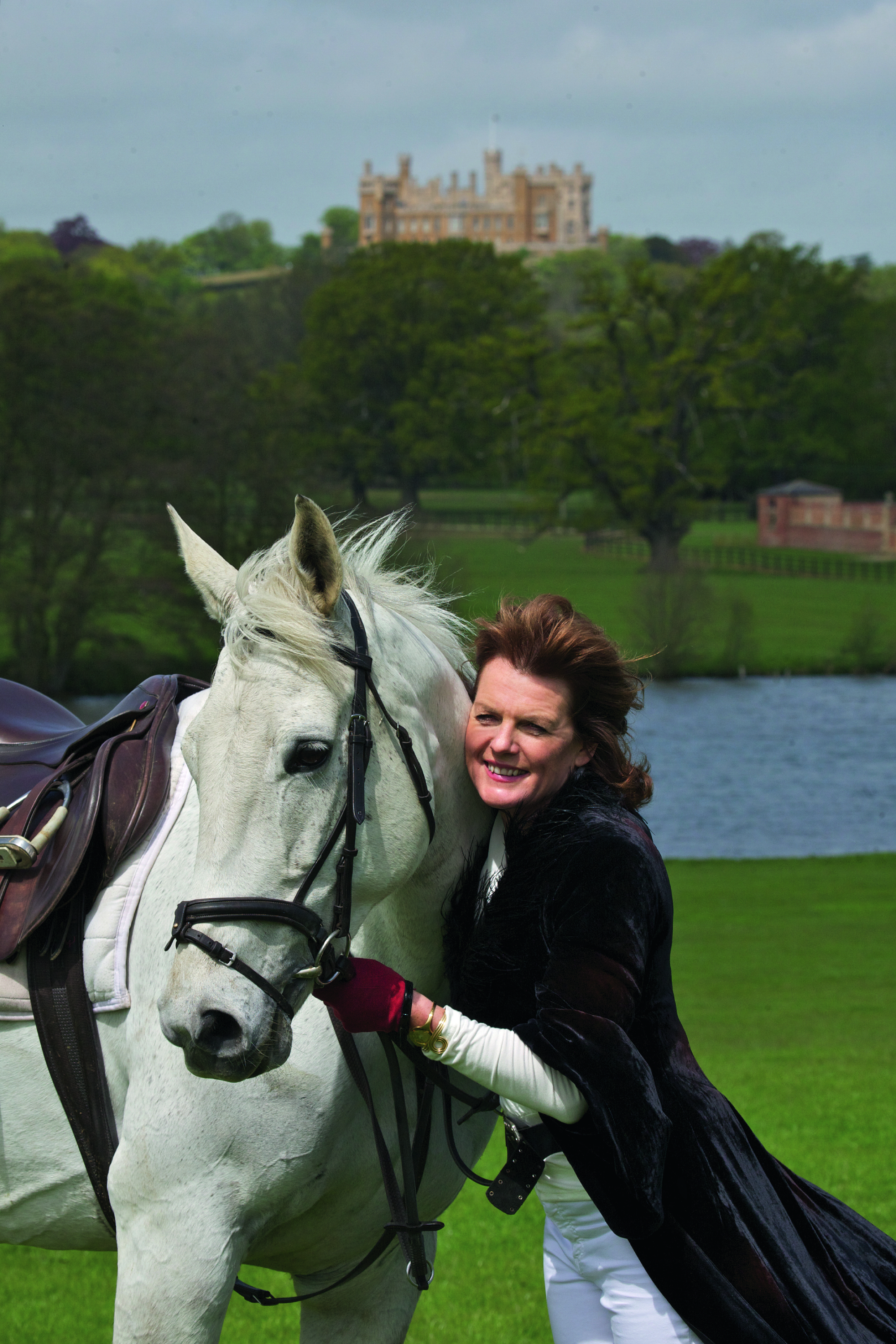
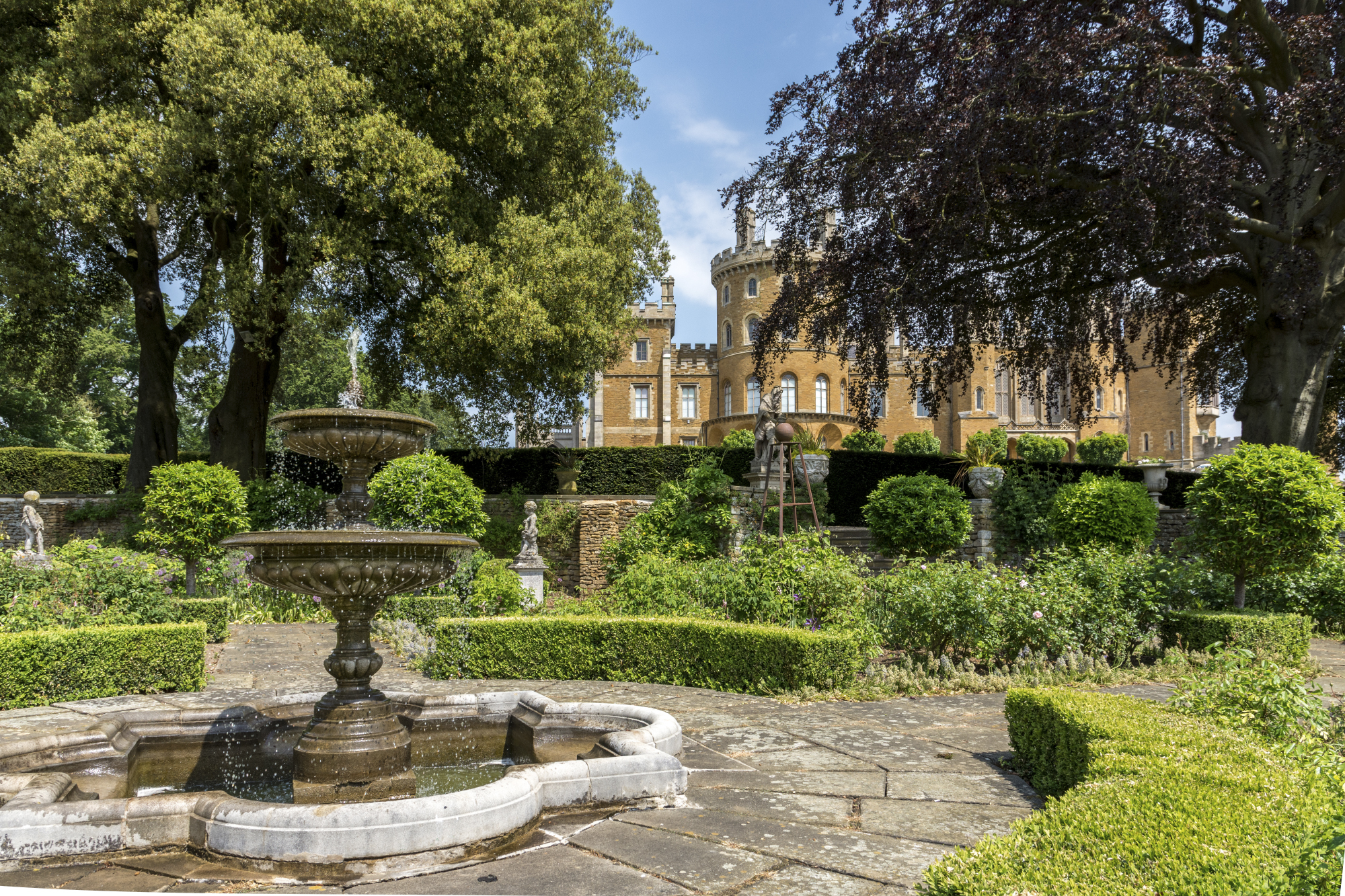
Woodland gardens need careful management. Self-sown saplings can overcrowd spaces, trees mature and die, are felled by storms and weakened by periods of drought. “It is an ever-changing – and occasionally dangerous – situation. Trees must be checked regularly, as they have a habit of dropping branches unexpectedly.
“It is an ancient woodland, so there are many very old trees here. Charles says that you have to be ruthless. Sadly there’s Ash dieback in some of the trees and Japanese knotweed that keeps reappearing. The good news is that we are able to heat the castle with biomass wood chip from the trees that have to be cut down. We are also trying to plant drought-resistant trees too.”
Read more about the Duchess of Rutland and life at Belvoir Castle in her new book, The Accidental Duchess (published by Pan Macmillan) – a memoir, which explores the history of the gardens at Belvoir, the Duchess’s own passion for gardening and the projects that she has been involved in instigating, and – perhaps most interesting of all – gives us a peek into her private world and her fascinating life story.
Join Jo for Garden Design Courses at her garden in Woodchurch, Kent 07923 969634 hornbrookmanor.co.uk
You may also like
In the Night Garden
Jo Arnell explains how to make the most of your outdoor space once darkness falls Some enchanted evening you may see me outside – mainly searching for slugs in the garden, because the cool hours of night are when they...
Contain your excitement
Jen Stuart-Smith discusses how to get creative with your pots and planters My love affair with plants started with houseplants when I was a child. As my bedroom windowsill overflowed – resulting, occasionally, in waking up with compost under my...
More than just a pretty face
Jen Stuart-Smith explores the multiple uses of some easy-to-grow garden favourites When you grow flowers for their beauty, shape and colour it can be easy to forget all the other qualities they have to offer. Some are edible, others provide...
